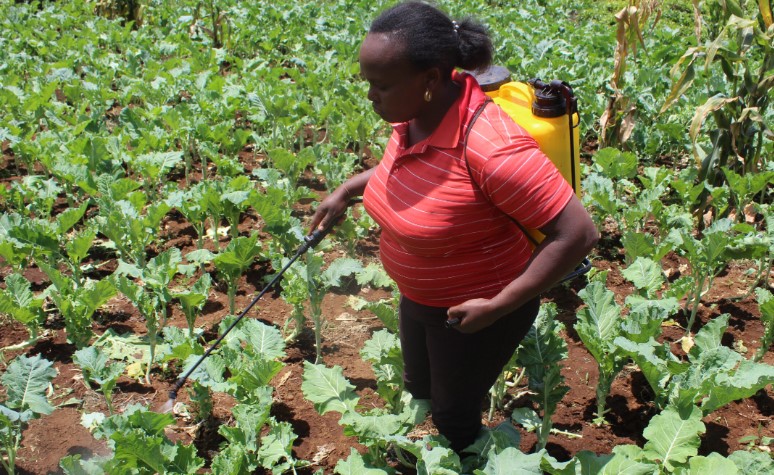According to a new report by Heinrich Böll Stiftung Kenya, ‘Toxic Business: Highly Hazardous Pesticides in Kenya’, farmers spent Kes 10.66 billion on pesticides in 2020.
The report shows that Kes 4.13 billion was spent on insecticides such as chlorpyrifos, flubendiamide, and imidacloprid.
Further, Kes 3.86 billion went into acquiring herbicides such as glyphosate and paraquat, and Kes 2.65 billion on fungicides (mancozeb).
According to the report, the sum above was used to purchase 310 pesticide products with 151 active components to manage weeds, insects, and diseases on 26 crops.
The survey found that 63 percent, or 310,195 pesticide products, included one or more chemicals in the category of highly hazardous pesticides (HHPs).
Did you read this?
Marshal (carbosulfan), Thunder (beta-cyfluthrin + imidacloprid), Belt (flubendiamide), Occasion-Star (emamectin benzoate + indoxacarb), and Dursban (chlorpyrifos) are the top five insecticides used most frequently in the nation.
“This indicates that farmers in Kenya predominantly use HHPs, despite their known detrimental effects on human health and the environment,” read part of the report.
“Notably, almost half (44%) of the total volume of pesticides used in Kenya are already banned in Europe due to their unacceptable risk to human health and the environment.”
The frequency of pesticide applications has recently increased in the nation due to shifting weather patterns that have increased pest and fungus attacks on plants, necessitating insecticides at the expense of food consumers.
“Based on their potential human health toxicity, considering factors such as carcinogenicity, reproductive toxicity, endocrine disrupting activity, mutagenicity, and neurotoxicity, several active ingredients require urgent regulatory measures,” reads the report.









